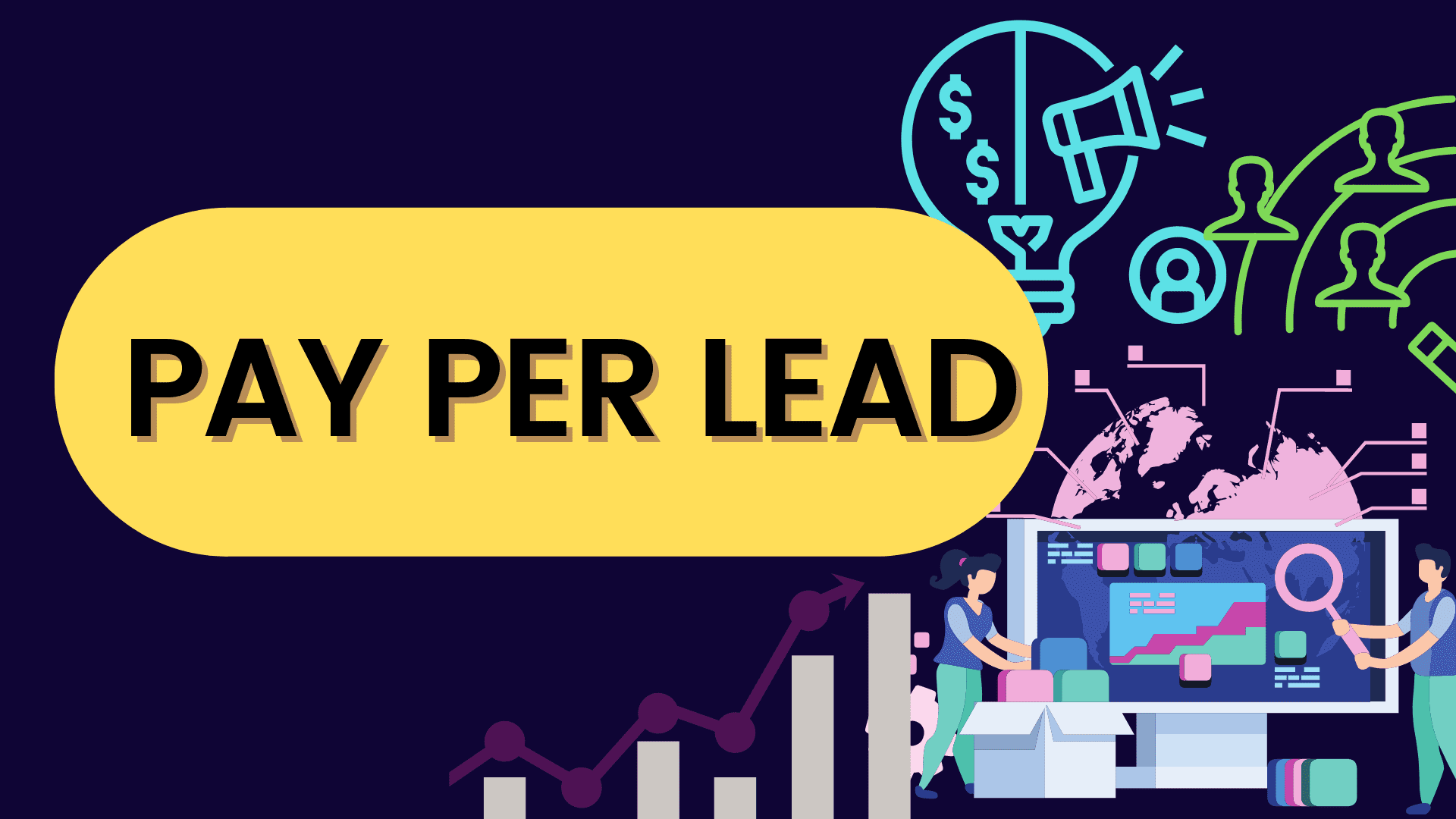DIGITAL MARKETING
Pay Per Lead Marketing FAQ’s
Pay Per Lead (PPL) marketing is a performance-based advertising model where businesses pay for each lead generated through their marketing efforts. This model is particularly effective for companies looking to acquire high-quality prospects while controlling costs. Here are some frequently asked questions about Pay Per Lead marketing.

A lead is anyone who has shown an interest in a particular brand or business and their products or services. Businesses can target leads based on demographic information, interests, and other factors.
It’s important for businesses to understand that not all leads are equal. Some leads will be of higher quality than others, and it is crucial to focus on generating leads of high quality rather than focusing on quantity. Generating a high number of poor-quality leads is a waste of marketing dollars and time as you will need to devote resources to sorting through the leads to determine if they are quality or not.
Businesses should target potential customers who are most likely to become leads. For instance, a typical social media ad may appear to 100 random users, but statistically, only a few of those who see this ad are likely to convert. Businesses should have an idea of the persona of their typical customer so that they can target people who fit this persona for better quality leads.
Pay-per-lead (PPL) marketing is a marketing model in which companies work with marketing or lead generation firms to provide quality leads, and only pay for those leads once they are received. This is an inexpensive way for businesses to get quality leads and reduces the risk of paying for unused services.
To begin pay-per-lead marketing, a company must first reach out to a lead generation firm that provides quality leads. The business and the lead generation company will negotiate a cost per lead, as well as a quota of leads per month. The company can then work with the lead generation agency to generate leads through phone calls, website form submissions, and emails.
A marketing agency will only get paid once they have delivered the agreed upon number of qualified leads. Setting up an expected lead total and monthly budget with the agency before starting services will help you avoid possible misunderstandings later.
Pay-per-lead (PPL) marketing is a cost-effective way to generate leads for your business. Businesses that struggle to find good leads benefit most from PPL marketing. Contractors, in particular, see a better return on investment (ROI) with the pay per lead model than with traditional SEO and pay-per-click (PPC) ad campaigns.
PPL marketing can help you learn more about the people who use your business’s product. This information can be useful when developing other marketing strategies to target specific groups of customers.
The cost of pay-per-click marketing depends on the lead quota and per-lead price that you agree to with the agency. When discussing cost with the agency, consider what you’re willing to pay per customer, as well as the number of leads you expect each month. Generally, businesses are willing to pay 10 percent of the revenue made from each lead.
When thinking about how much to pay for leads, you should also consider your conversion rate, or the percentage of leads that are converted into sales. This information will help you determine what you will pay per lead.
PPL marketing is a type of advertising in which you pay a fee for every lead that you receive. When working with a marketing agency, you will be able to receive quality leads that are more likely to convert. To start these services, you will agree on a price for the leads and consider your conversion rate, budget, and quota. This agreement will give you an idea of how many leads you can expect per month and how much it will cost.
A marketing agency generates leads for you, presents you with quality leads more likely to convert, and does not charge you until the leads are delivered. The agency has an incentive to send you high-quality leads because it does not get paid until you approve them.
There is a broad intersection between public relations (PPL) and digital marketing, but there are important distinctions. Digital marketing involves a wide range of activities designed to drive traffic and increase visibility for a brand through a variety of channels, including search engine optimization (SEO), email campaigns, social media posts, and more. The goal of digital marketing is to increase brand awareness and build trust in a brand as well as generate leads.
PPL marketing involves the use of digital marketing strategies for the purposes of generating high quality leads.
Before embarking on a new marketing campaign, examine your current one to see the number and quality of leads you are getting. Consulting with a marketing agency about quotas and the number of leads you can expect each month will help you come to an agreement with a digital marketing agency on how to proceed with pay per lead (PPL) marketing.
Some businesses that depend on quality leads may find it difficult to generate good leads through traditional marketing. If a business already generates a small number of leads, then it is wasting its marketing dollars if these leads are not high quality. Pay per lead marketing allows a third-party marketing agency to generate leads while only paying the agency when they deliver high quality prospects.
EDS offers cost-effective leads for contractors and restoration professionals through our lead generation website, www.eds.ae. Our geo-based website pages for your business will rank well in the search engine results pages (SERPs), attracting relevant search traffic. Leads from the site will go straight to your business so you can convert them and get paid for your work directly by your customer. You can determine the price of your services with your customer and pay us a monthly fee for generating the leads.
Call EDS at +971-55-6889896 to get started.
